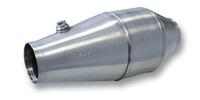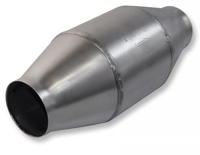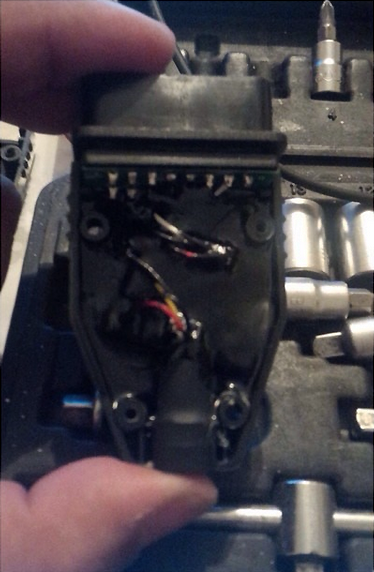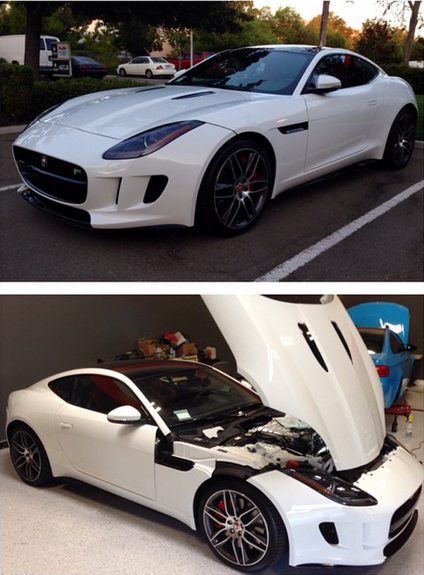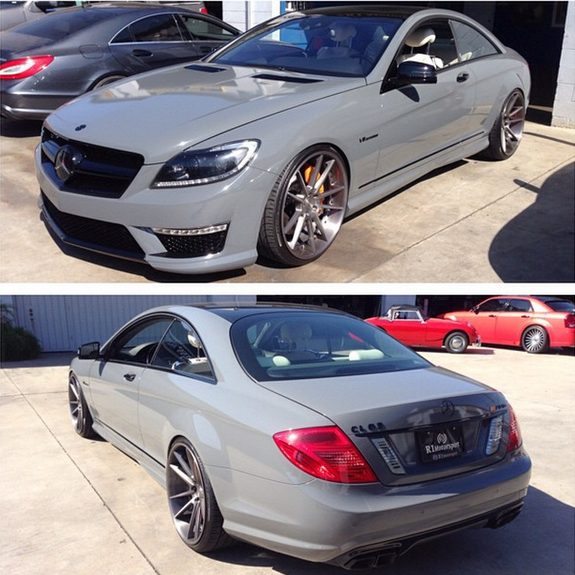Bentley Continental GT W12
For 2018, Bentley has re-designed the Continental GT.
Bentley describes the third-generation Continental GT as the definitive luxury Grand Tourer car.
The 2018 model, powered by a ginormous, updated, 6.0-litre W12 TSI engine, generates 626 bhp and a staggering 664lb.ft. of torque. The leviathan motor is paired with an 8-speed, dual-clutch transmission. The redesigned body is sleek and sporting, with heavyset chiselled lines and a sculpted rear. Bentleys are still designed and handbuilt in Britain, combining old-school coach-building methods with modern technology.
Engine – A Technical Marvel
Bentley says the updated W12 TSI motor is the most advanced 12-cylinder in the world. The engine derives its name from the layout of the pistons, in a unique ‘W’ config. This arrangement makes the W12 almost 25% shorter than a conventional V12, offering more cabin space and optimal weight distribution.
The W12 is controlled by a modern engine management system, that makes 300,000,000 calculations every second. The result is a 626bhp power output and 664 lb.ft of torque. The Continental GT will storm from 0-60 in 3.6 seconds. Flat out, a W12 engined GT will do 207 mph.
Bentley designed the W12 to combine high-pressure direct fuel injection in tandem with low-pressure injection. As a result, the engine is more refined, produces fewer tailpipe emissions and has optimal power and torque curves. The W12 meets ULEV 125 (LEV 3) emission levels.
The new engine also has Bentley’s Variable Displacement technology. During sedate drives, the onboard computer shuts down half the engine, turning the 12 cylinder into a six-cylinder. The computer closes the intake and exhaust valves, fuel injectors and ignition in a pre-defined pattern. This gives better gas mileage and efficiency.
There are also a number of driver assists and new tech included on the W12. There’s a dedicated Launch mode that delivers the maximum possible acceleration by preloading the tranny. For further improving gas mileage, the W12 has start-stop technology that not only works in traffic and at the lights but also whilst cruising and at higher speeds. Bentley says this allows the engine to ‘rest’ temporarily.
Engine Specs
The W12 TSI is a twin-turbocharged, direct intercooled, 12 cylinder engine with a displacement of 363-cubic inches. Maximum power at 6000 rpm is 626 bhp, with 664 lb.ft of torque between 1330 – 4500 rpm.
The compression ratio is 10:5:1 and fuel delivery comes through port and direct injection. There four overhead camshafts, featuring dual cam phasing and 48 valves! The W12 TSI will happily run on anything between 92-98 RON unleaded gasoline.
Need more power? GT owners can quickly and efficiently increase performance with an ECU upgrade from ETG:
ETG ECU Upgrade for Bentley Continental GT W12
PERFORMANCE
– ETG Horsepower: 681 HP
– ETG Torque: 651 LB-FT
FEATURES
– Increase in Horsepower and Torque
– Reprogram Throttle Maps for Improved Throttle Response
– Reprogram Transmission Maps for Quicker Shifts
– Raise Rev Limiter
– Remove Speed Governor
– Undetectable at Dealership (most vehicles)
– Vehicle Can Be Put Back to ‘Stock’ If Required
– Complimentary Re-flashing of ECU included, if Dealer Reprograms ECU
PRICE
– ECU Upgrade: $3495
– OBD-II (install on-site) or Bench Flash (ship ECU), bench Flash makes more power: $99
REMOVAL
– ECU is located on the passenger side, below windshield, under plastic cover
– Plastic cover with 4 tabs, turn counter-clockwise 45 degrees
– ECU sits under cover horizontally
– 1 Torx screw
– Grab ECU with one hand, push hook/clip back with other hand to remove
Powertrain
A Power plant like the W12 needs an equally beefy drivetrain to suit. Instead of a torque converter, Bentley engineers opted for a dual-mass flywheel. The DMF smoothes out shocks on the drive train, providing smooth power.
There are also dual clutches in the eight-speed automatic, creating near seamless and rapid gear shifts. The eight-speed box helps improve fuel economy too, with the W12 and auto combo fuel use at 23.2 mpg.
Different drive modes change gearshift responsiveness. Sport mode gives super quick changes, whilst comfort mode is more relaxed. The eighth gear is actually an overdrive gear for cruising, with top speed occurring in seventh.
Grip is further optimized with an active All-Wheel-Drive System, with a variable torque split front-to-rear. The previous model had a conventional 40:60 power split, whilst the new model changes the power delivery on the fly. The car favours rear-wheel drive during normal driving conditions.
Front wheel drive engages only as needed, minimizing understeer.
Handling
Bentley has revisited the handling of this model. Underneath, you’ll find VW’s MSB architecture, shared with the Porsche Panamera.
The Continental features Bentley’s Dynamic Ride, a 48-volt body roll controlling system that adjusts electronic actuators on the anti-roll bar for an improved ride.
This way, Bentley is able to make a heavier GT tourer feel much lighter. The system works instantly to counter body roll in corners. This variable anti-roll arrangement also proves less of a compromise versus traditional mechanical sway bars.
Dynamic Ride Modes include a Comfort mode, Bentley mode and a Sport mode. Each mode calibrates the engine, suspension, transmission and steering systems to suit.
The Continental floats across rough surfaces now thanks to its 60 percent larger volume air shocks. The shocks constantly monitor the forces applied to each wheel and measure the distance between the body and wheels, adjusting the air volume.
Bentley made sure this powerful grand tourer will stop when needed, thanks to huge 16 ½ inch brake discs.
Interior
The interior is beautifully crafted. Featuring handmade and assembled wood trim, combined with parts machined to tolerances of 0.003 inches. Aluminium surrounds compliment the ebony black gloss inlays. The seats are extremely comfortable with 12-way adjustability.
Even the foam in the seats was revised to give a softer, more supportive seating experience. The high tech chairs feature pneumatic bolsters that adjust to cornering forces and give the driver more lateral support. Covering the seats is a sumptuous bull leather and throughout the interior, there is 1.75 miles worth of thread stitching.
The attention to detail is impeccable. The combination of modern and retro style touches is masterful. For example, the dashboard now has digital gauges. For those who don’t like digital dials, you can press a button and the centre console revolves between a widescreen, HD monitor, a beautiful wood blanking plate and a set of analogue dials that include a compass and an atmospheric barometer. It is the most James Bond style feature I’ve ever seen in a production car.
The cabin is whisper quiet, thanks to acoustic glass. The doors will even hold themselves open no matter what position and they have dampers to stop the door from catching the wind. Amazing!
Summary
The Bentley Continental GT is a road eating monster. Bentley has spent a lot of time and effort getting everything just right.
It rides beautifully, is extremely comfortable, will accelerate hard and can even do a 12-second ¼ mile. And when you’re done throwing it around corners, driving hard, you can take it on a thousand mile road-trip and arrive feeling rested. What a machine!
by Ben Gribbins





